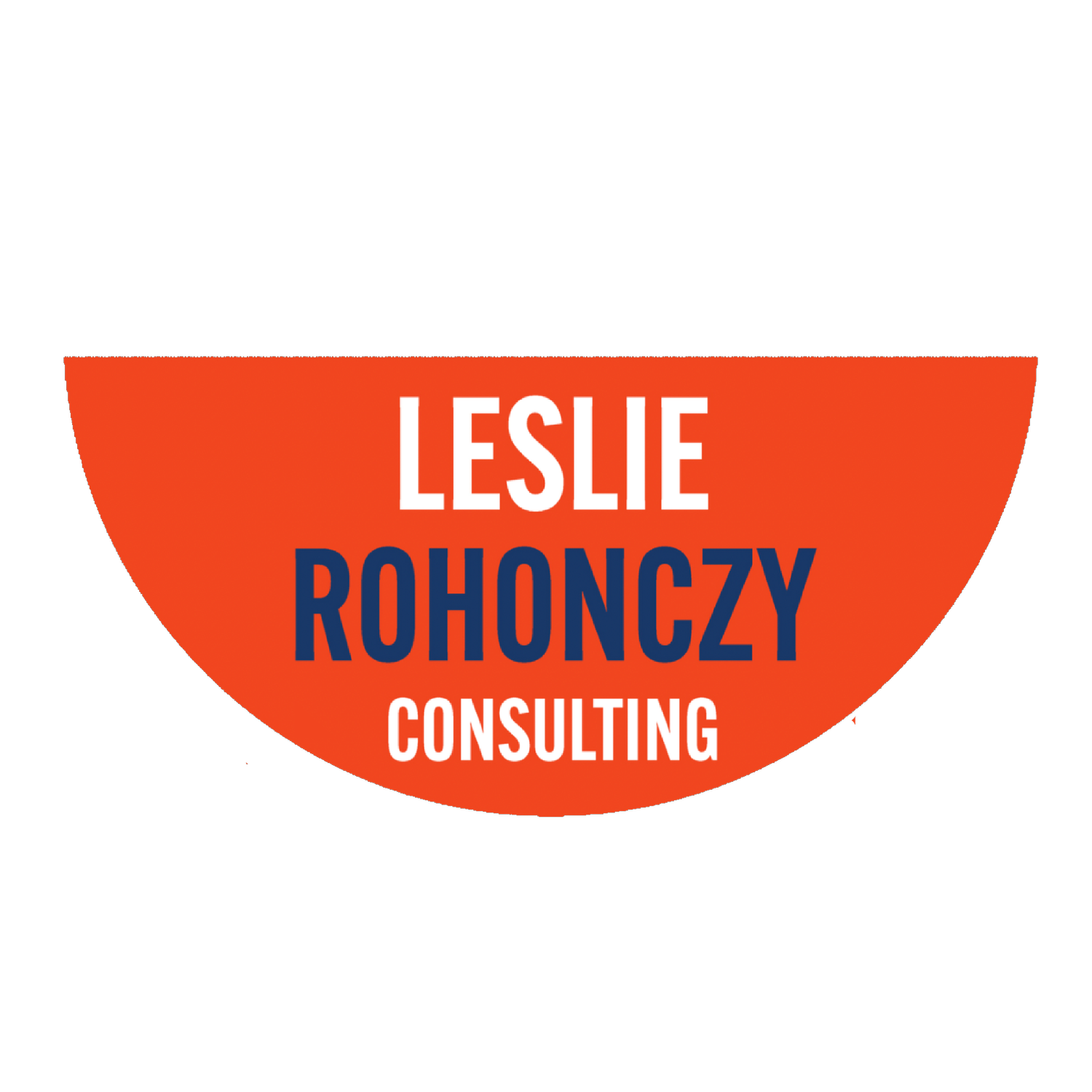Leslie Rohonczy, IMC™, PCC, Executive Coach, Leadership Expert, Speaker, Author
I read a comment recently on LinkedIn that hit me like a brick: “Every article I see is about what NOT to do.”
It's true! We spend a lot of time on this platform talking about what leaders need to improve: gaps to close, skills to develop, behaviours to fix, limiting beliefs to ferret out and overcome. I have read an endless stream of articles promising to help leaders improve all different aspects of their leadership skills. Hell, I've even written a pile of those articles!
It's not just LinkedIn; so many leadership posts, podcasts, and frameworks focus on what we’re doing wrong and how to do better. Now, I love a good stretch goal. But what if the secret to growing as a leader isn’t focusing solely on fixing what’s wrong, but it’s in noticing what’s right.
When we only ever start with what’s missing, we miss something important: the opportunity to build on what’s already strong, to get more of what’s already working. What’s already in you.
So, let’s try something different. Let’s take a short detour from the relentless pursuit of self-optimisation, and take a good, generous look at what’s already right. Not because you’ve “arrived”. But because that’s where the gold is.
WHAT IF YOUR STRENGTHS ARE HIDING IN PLAIN SIGHT?
Here’s something I’ve seen again and again in coaching sessions: people often don’t recognise their own brilliance. Why? Because it comes so naturally to them, they assume it’s nothing special.
I had a coaching client who was struggling to identify her leadership superpowers. “I’m just doing my job,” she said, genuinely baffled. But when I interviewed each person on her team, as part of a coaching observation program, they all talked about how deeply they felt seen and heard by her; how she was able to synthesize competing priorities into clear action steps; and how she made people feel calm in the midst of the chaos of change they were navigating.
When I pointed out that none of this made it onto her self-assessment, she started to see herself differently. It took some digging, but eventually she could acknowledge that while her leadership wasn't flashy, it was stabilising and quietly powerful; the kind of leadership that people trusted.
She hadn't realised that it was a strength because it didn’t feel 'hard'. When something feels easy, it’s easy to overlook. But often, that’s the sign that it’s one of your strengths.
THE EXPERIMENT: ‘REFLECT + RECOGNISE’ PRACTICE
Grab a pen, and let’s take five minutes and experiment with flipping this script.
Instead of asking what you need to fix, try these instead:
What have I done in the past month that felt satisfying or energizing?
When did I feel most like myself as a leader?
What feedback have I received that surprised me in a good way?
What comes easily to me that others find difficult?
Where have I had a positive impact recently, even if it wasn’t in my job description or span of control?
You might be surprised by what emerges. The goal here isn’t to build a brag list. It’s to surface the invisible strengths that are already part of your leadership fabric.
TURNING UP WHAT’S WORKING
There’s a place for closing gaps and learning new skills, of course. But if you want to grow your leadership skills quickly and sustainably, start by turning the dial up on what’s already resonating.
Ask yourself:
What’s one thing I do consistently well?
How might I use that strength in a new or more intentional way?
Where is that strength underused right now?
For example, if you're naturally great at drawing people into a shared purpose, how might you apply that gift to a new cross-functional initiative that’s been stalling? If your team always feels heard in 1:1s, but you’re less visible in larger meetings, what would it look like to bring that same presence to group settings?
This isn’t about perfection. It’s about intention and precision.
THE ‘BLIND SPOT’ OF YOUR OWN GENIUS
Here’s a simple coaching question that I’ve used hundreds of times:
“What do people often come to you for?”
Not what’s in your job description. Not what you think your value is. But what people actually seek you out for.
Sometimes the answer is strategic clarity, or empathy, or decisiveness, or storytelling. Sometimes it’s humour, or calmness under pressure, or the ability to translate ideas into action.
Whatever it is, that’s your gold. And once you know what it is, you can choose to lean into it even more deliberately.
You might even start to enjoy your leadership more.
FROM SELF-IMPROVEMENT TO SELF-RECOGNITION
The leadership development world doesn’t often say this out loud, but I’m going to: You’re probably doing better than you think.
And even if you have areas you want to grow, that growth becomes easier when it’s built on a foundation of confidence, awareness, and strength.
So take a breath. Notice what’s already working. And give yourself permission to get really good at more of that. Because sometimes the best way to grow is to notice what’s already working for you and others.
Would you like a powerful framework to uncover your own invisible strengths and learn how to use them more intentionally in your leadership? Reach out. That’s the kind of conversation I love to have.

